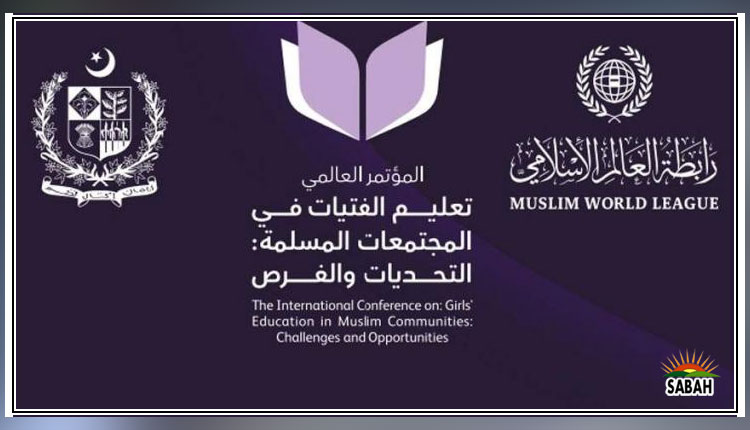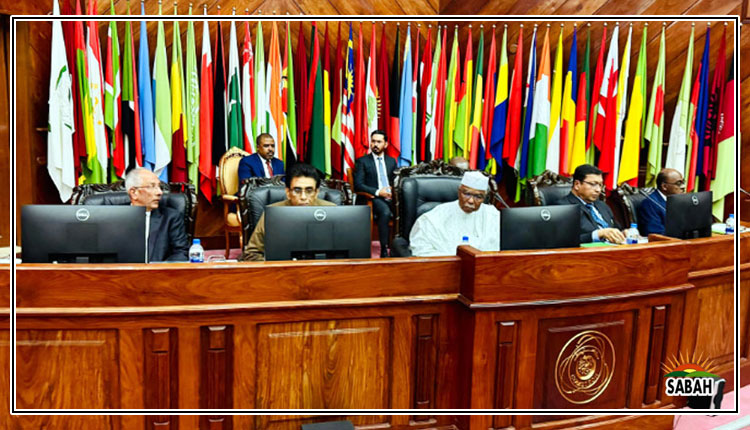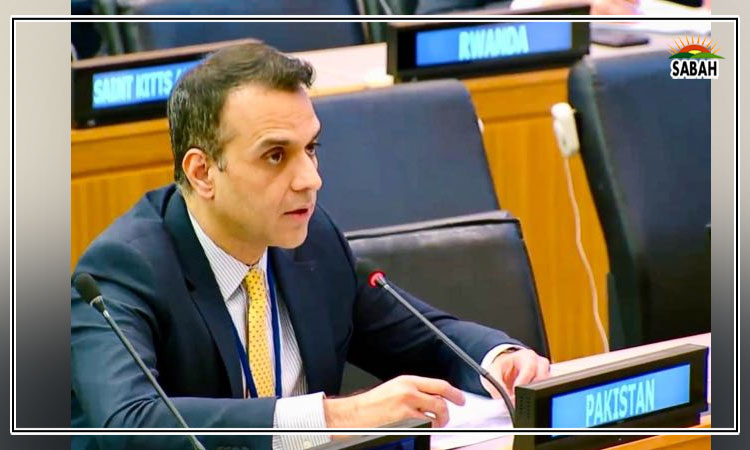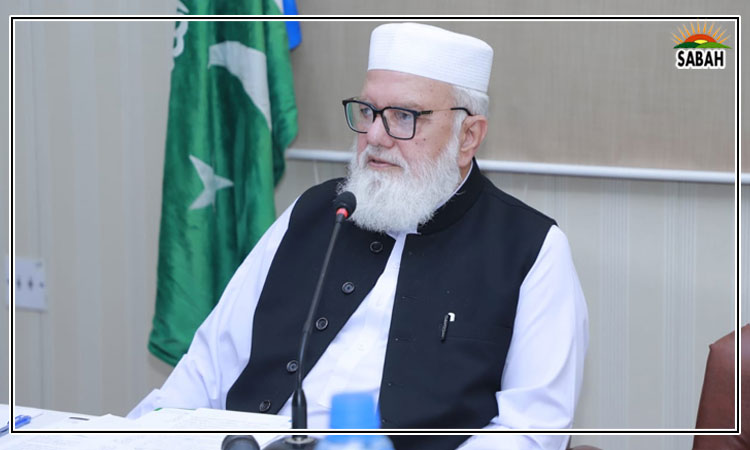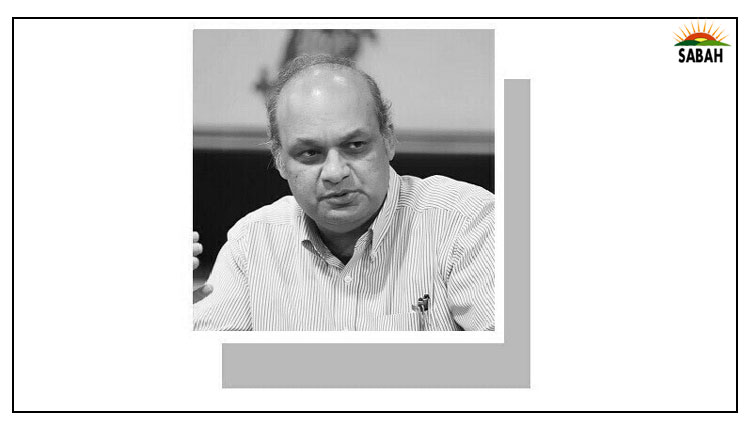Merging for what? … Faisal Bari
THE Punjab education minister recently announced that his government is going to merge the Punjab Curriculum and Textbook Board (PCTB), the Punjab Examination Commission (PEC) and the Quaid-i-Azam Academy for Educational Development (QAED), which is the training wing of the education department. The stated reasons for the merger are the need for a) better coordination among these departments, b) reforms in each of these bodies, and c) the introduction of private sector expertise in these areas.
No doubt, a lot of reforms are needed in each of these departments. The PCTB does not do much curriculum work, following, instead, the federally suggested curriculum. However, it has made textbook publishing a lucrative and rent-seeking business. Many call the textbook publishing business a ‘mafia’. The entire textbook industry needs reforms.
QAED teacher and principal trainings leave much to be desired. The quality of training needs serious overhaul as do the models for the delivery of training and support. The PEC has taken significant strides in developing testing services and support for schools over the last few years. They need to keep developing in this direction. So, clearly we need many reforms, but how is this an argument for a merger?
Similarly, the laws and policies pertaining to these departments/ bodies can be amended to allow for the appointment of people from the private sector. We do not need a merger for that. And better coordination is needed, but, again, when has the need for coordination been a reason for merger? The core functions of the three bodies are very different from each other. Their core or needed expertise is also very different. The argument then hardly holds.
I have not been able to find any province or country of comparable size where these three functions are performed under the same body. This is because the core competence needed in each of the three areas is distinct: curriculum making and textbook publishing, assessments, and teacher training. If the minister has some unique insight, he has not shared it publicly so far.
It reminds me of the 1937 Economica paper of Ronald Coase ‘The Nature of the Firm’ where he asked that if there were always advantages in coordinating and bringing different activities together, why was everything in the world not organised under one firm? Why do we have so many firms? In other words, what are the limits of a firm?
One answer has to do with the cost of transactions. As firms get larger, managing more activities within the firm becomes costlier. So, the limits of a ‘firm’ are where the cost of producing something outside is lower than the cost of doing it within the firm. The minister should consider this wisdom and lessons from transaction-cost economics. Though the work of the three bodies overlaps, teachers have to be trained to facilitate learning based on the curriculum. Assessments, too, have to be based on the curriculum. The work of the three is very specialised. How does having them in one organisation benefit the development of expertise in their respective specialisations?
The concern is that if the government is thinking of cutting costs through the merger, we might even lose the functionality levels we currently have. Again, why not develop expertise/ competence within each organisation?
Scale issues should be kept in mind too. The curriculum is set for the entire province, and textbooks are published for millions of students in the system. Punjab has some 500,000 teachers, in 50,000-odd schools, whose training/ support needs have to be met. How will one body handle all these functions?
The minister said that the new body will be chaired by the Punjab chief minister and that he, the education minister, would be the vice chairperson. Is this an attempt at centralising things? Keeping in mind the scale of the operation, the school education department should be thinking of decentralising, rather than centralising, functions.
More importantly, if some entities need reforms these are the boards of intermediate and secondary education, who set the high-stakes public examinations for grades 9-12. They set examinations that encourage rote learning. The exam questions are often leaked. Cheating is rampant in many places, and the boards have major problems in grading the exams. But there is no ‘reform’ in the offing for the boards. If a merger makes sense, it does so at the level of the boards as they all do the same thing. If an international board like Cambridge can set papers and conduct examinations of candidates the world over, why do we need nine boards in Punjab? Interestingly, the boards report to the higher education department in Punjab and not to the school education department.
Even if a merger makes sense to the minister and chief minister, it would have been better to have held wider consultations before taking the decision. And even if the advantages of the merger are obvious and strong, what was the harm in listening to people and getting their feedback? Instead, the pronouncement is creating an atmosphere of fear.
From a logistical point of view, any merger of organisations of this size, with their set culture and way of doing things, is going to take a fair bit of time and a lot of disruption in their activities. Can the education department afford this? When gains from the merger are also suspect, the exercise seems even more of a waste of time, resources and energy. We could have spent these resources on working out and implementing reforms within the three bodies.
There is definitely a need for many reforms in the education sector. But there is change and there is reform. This seems more like change than reform. The government is new. Even if this change makes sense, it would have been more appropriate to consult more widely and deeply to understand the issues better and to make an effective plan for implementation, rather than announce a ‘merger’ before all that was done.
Courtesy DAWN







